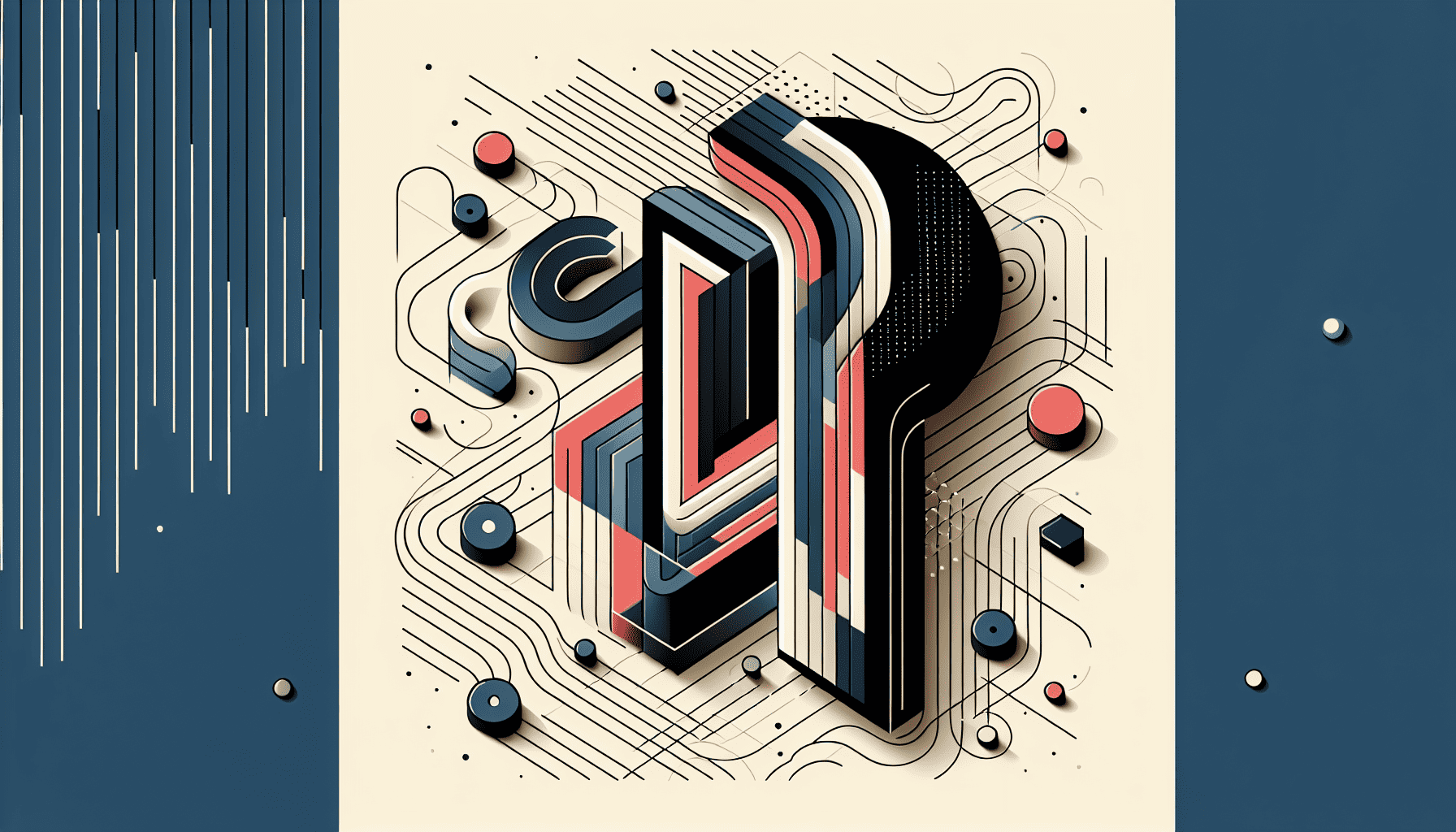As the world of design continues to evolve and adapt to new technological advancements and cultural shifts, typography remains a cornerstone of visual communication. In 2024, typography trends are not only about aesthetics but also about enhancing communication, storytelling, and accessibility. Designers are pushing the boundaries of traditional practices by integrating innovative approaches and embracing diversity to create compelling narratives through type.
One of the most notable trends this year is the resurgence of expressive typography. Designers are increasingly turning to bold, playful, and illustrative typefaces to convey emotions and evoke a particular atmosphere. This trend is particularly evident in branding and digital experiences where a brand's personality is vividly reflected through distinctive and innovative font styles. Variable fonts, which allow for a range of styles and weights in a single typeface, are becoming more popular. These fonts provide flexibility and adaptability, enabling designers to create dynamic typographic compositions that respond to different platforms and user needs.
Another significant trend is the rise of inclusive typography. As the call for greater diversity and representation grows louder, designers are exploring typefaces that move beyond Eurocentric standards. This involves a deeper appreciation for different scripts and languages, integrating multicultural elements, and ensuring that typography is accessible to a global audience. Additionally, accessible typography—focused on readability and legibility—is becoming a top priority. Designers are paying closer attention to contrast, spacing, and font sizes to ensure that content is easily consumable by people with varying levels of visual ability.
Sustainability has also made its way into typography in 2024. With growing awareness around environmental issues, designers are seeking eco-friendly type practices. This includes choosing typefaces that require less ink or resource-intensive processes, as well as opting for digital distribution over print where possible. The minimalist aesthetic associated with sustainable design is also reflected in typography choices, where clean, simple lines help convey messages with clarity and efficiency.
The influence of technology is evident as AI and machine learning start to play a role in type design, automating complex tasks and offering new possibilities in custom font generation. These technologies allow for the rapid creation of unique and personalized typefaces, tailoring the visual experience to specific audiences or contexts. On the other hand, the desire for authenticity is fueling a renewed interest in hand-drawn and craft-inspired typefaces. These fonts bring a tactile quality to the digital realm, offering a counterbalance to the precision and uniformity of machine-generated designs.
Finally, nostalgic elements continue to thrive, with fonts inspired by the retro aesthetics of past decades making a comeback. From the vibrant experimental serif fonts of the 1970s to the pixelated type of early digital interfaces, designers are reimagining these styles to fit the contemporary landscape, merging nostalgia with modern sensibilities.
In summary, typography in 2024 reflects a world of possibilities where designers are inspired to think beyond conventional boundaries. As we move further into the digital age, the fusion of technology with typographic creativity promises to enrich the storytelling experience, making it more engaging, inclusive, and attuned to the needs of diverse audiences. Whether it's through embracing bold expressions, fostering accessibility, or integrating sustainable practices, the typography trends of 2024 underscore the power of type to shape narratives in profound and meaningful ways.
